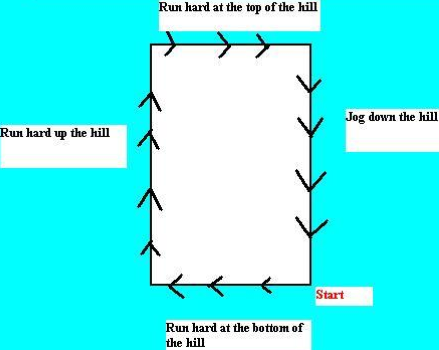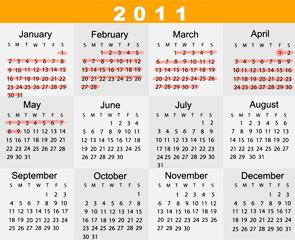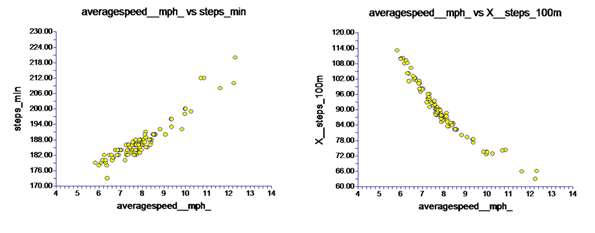Running 101 – Basic Running Types Part 2: Hill Training
Hill training has got to be one of my favorite types of runs. It’s not that I enjoy subjecting myself to the pain and misery associated with charging up a steep hill over 30-second periods, 10x with 1-min of rest in between. I just haven’t found a more effective way of building speed and strength simultaneously… and talk about screwing with your perceived exertion scale. Try running on flat ground the day after a hill run!
There’s also something oddly fun about sprinting uphill, and knowing that you can rest to recover before the next sprint is just icing on the cake 🙂 Without further ado, here are some of the different ways you can train on a hill:
Short sprints – when I started hill training about 2 years ago, I read somewhere that the best way to incorporate speedwork in a mostly flat terrain, but with the occasional hill, is to do a 10-second sprint as I approach and go over that short hill. It adds a nice change to an otherwise pretty flat run and throws in a little speedwork.
Steep hill sprints – a 10% grade hill is pretty steep. Sydney’s Sun Run along the Northern Beaches had a few 12% grades that felt like they went on forever. Sprinting up these steep hills over a 20-30 second period will knock the wind right out of you, but they’ll help you with your next PR. Remember to recover just enough so that you can apply similar effort to your subsequent reps.
For instance, below is something that I follow for myself. I should tell you, however, that it changes all the time, because my recovery period often depends on the steepness of the hill and how much distance I actually cover … or what my week’s been like.
Hill repeats (sprint up, walk down) – some runners aren’t as fortunate with hills and have very few around their area. If you’ve got one go-to hill along your running route, you can either: (i) sprint up at a progressive or full effort and walk down or (ii) you can do rectangular hills, which maximizes your work:rest ratio.
Long steady climbs – I don’t personally prefer doing the longer runs uphill. It gets a little boring after a while and it’s also hard to shake off how difficult it is, because you don’t have “rest periods”. Of course, you can choose to slow down at certain parts of the climb, but the idea of the longer runs up is to build strength and stamina. Technically, these runs aren’t as hard on your legs so you can get away with doing more of them than other types of hill training during the week.
Hill training on a treadmill – Training on a treadmill is always a tough compromise for me. It’s just so different to road running that I pretty much avoid it unless I have no other choice. If you’re tackling your hills indoors, Brian Mac’s hill training post suggests these settings for your treadmill:
By the way – I previously covered hill training (without the hills) in another entry so even if you live someplace where hills are very uncommon, you can still do it!
Now get out there and show those hills who’s boss.





